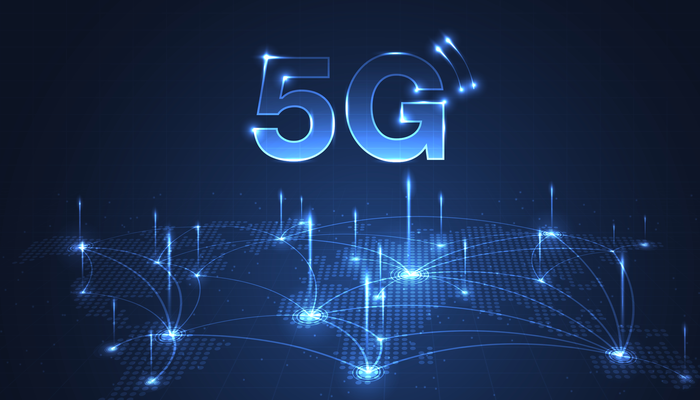Ethernity Networks plc (LON:ENET) on their blog state that there are many forms of disaggregation, but true network disaggregation means that each network function is run on a standard server with open-stack software. Network function virtualization (NFV), which is one aspect of network disaggregation, makes the network scalable and flexible, without becoming locked-in to a given vendor.
It is easy to see the benefits of NFV for 5G, as a virtualized network is more agile and costs less up-front. However, NFV comes with some challenges as well. For one thing, the transition from a rigid network structure is not trivial, which is why very few operators are fully committing to NFV at this point. Furthermore, NFV can add latency, which is a complete no-go for 5G.
That said, 2020 already saw operators beginning to test NFV in their systems, hoping to achieve better long-term CAPEX and futureproofing. NFV lets operators choose the best software option for each network function from a variety of vendors. It also means that software can be added or swapped out without having to upgrade or replace the underlying field-deployed hardware.
Although disaggregation has already become the standard in data centers and cloud networks, it has yet to fully penetrate at the network edge. Most edge switches are still based on a single vendor’s ASIC, which cannot be upgraded or operated with third-party software. In some cases, white box switches are used for limited network disaggregation, but the entire networking stack still comes from a single software vendor.
The network edge, where the standards and protocols are still evolving, is not a place to be lax about disaggregation. Without disaggregation, operators will likely need to overhaul entire systems as they try to keep up with frequent changes to standards and security algorithms.
OpenRAN is an initiative that made huge gains in 2020, trying to bring NFV to the network edge through an open ecosystem of virtualized network functions, providing virtual software functionality on standard white box switch routers. This is a start, but the underlying forwarding hardware still uses inflexible ASIC‑based silicon or relies on CPUs for processing.
Even when operating system and software network functions are disaggregated, data plane functionality remains vendor-locked. To make matters worse, the network edge often requires data plane features that are not supported in many ASIC-based hardware solutions.
The alternative to ASICs to this point have been CPUs, which offer full flexibility but cannot provide the necessary performance for 5G. Also, so many CPU cores are required to handle networking and security functions that the price (not to mention physical space and power consumption) becomes prohibitive.
The network edge needs a viable alternative to the ASIC and CPU options, one that addresses the significant underlying issues of those platforms. Unless a standard de facto platform emerges, there will continue to be large obstacles to true disaggregation at the network edge.
Ethernity strongly believes that 2021 will see a trend toward FPGAs (field-programmable gate arrays) as that de facto platform for OpenRAN and other network disaggregation efforts. FPGAs are the perfect solution to fill the gap between high-performing but inflexible ASICs and highly agile CPUs that struggle with intensive networking functions. FPGAs, unlike CPUs, use parallel processing, which optimizes the data plane, where traffic needs to pass through as quickly as possible. Furthermore, FPGAs are by nature reprogrammable, adding agility, scalability, and futureproofing.
FPGAs combine the performance of ASICs with the flexibility of software. Ethernity is the industry’s expert at offloading virtual network functions from the CPU and integrating them into an FPGA. This can be used to meet 5G performance standards, while offering vendor flexibility and saving on long-term capital expenses.
That fact that 5G infrastructure will need to be almost entirely new provides a unique opportunity for operators to decide how best to establish their networks. With operators like Vodafone, Telefonica, and Dish Network already committing to disaggregating a relatively high percentage of their 5G infrastructure, the use of FPGAs as the de facto platform beginning in 2021 will help OpenRAN to prove itself, leading to even more operators participating in the OpenRAN revolution.
Ethernity Networks delivers innovative software solutions for networking and security, ported on any FPGA. They offer complete data processing solutions with a rich set of networking features, robust security, and a wide range of virtual functions to optimise and accelerate telco/cloud networks. Their complete solutions, which are now being implemented, facilitate the deployment of edge computing, 5G, IoT, and NFV.
As the holders of five US patents for its technology, Ethernity is uniquely positioned to enable the delivery of optimised offerings that can not only accelerate network performance, but can also save its customers on operating expenses, such as power consumption and physical space, by reducing the required number of computer server CPU cores.








































